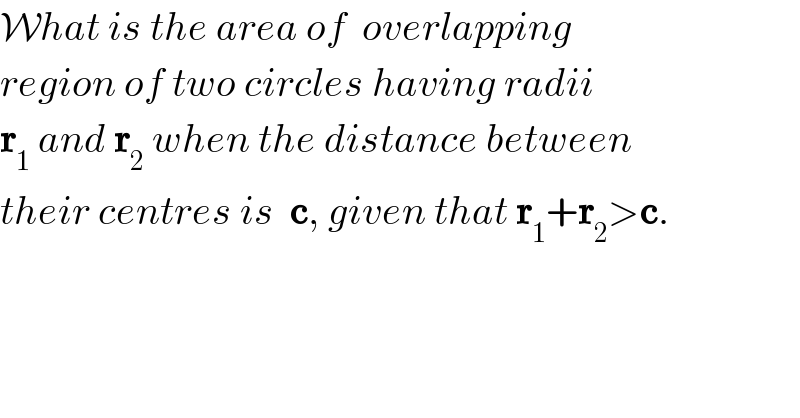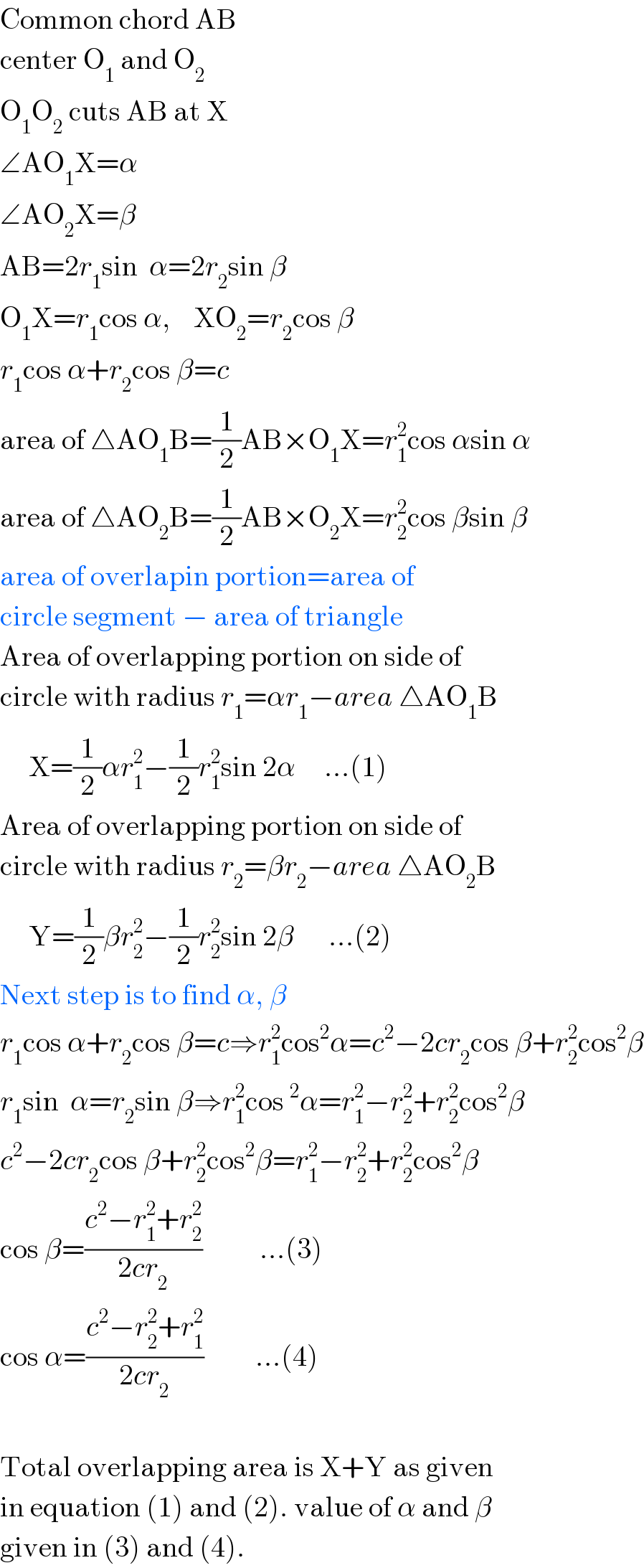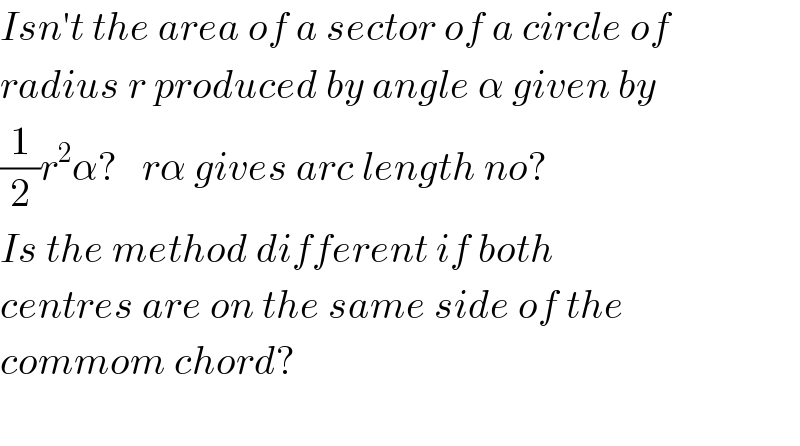
Question and Answers Forum
Question Number 3877 by Rasheed Soomro last updated on 23/Dec/15

Commented byprakash jain last updated on 24/Dec/15

Commented byprakash jain last updated on 24/Dec/15

Commented byYozzii last updated on 23/Dec/15

| ||
Question and Answers Forum | ||
Question Number 3877 by Rasheed Soomro last updated on 23/Dec/15 | ||
 | ||
Commented byprakash jain last updated on 24/Dec/15 | ||
 | ||
Commented byprakash jain last updated on 24/Dec/15 | ||
 | ||
Commented byYozzii last updated on 23/Dec/15 | ||
 | ||